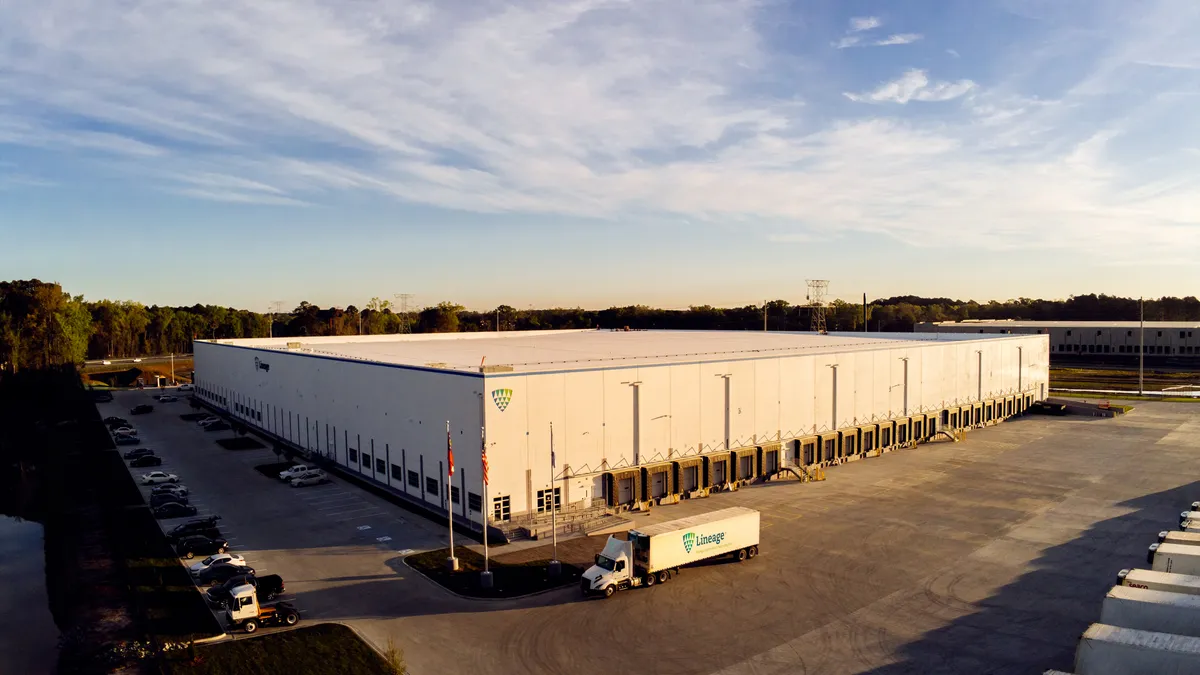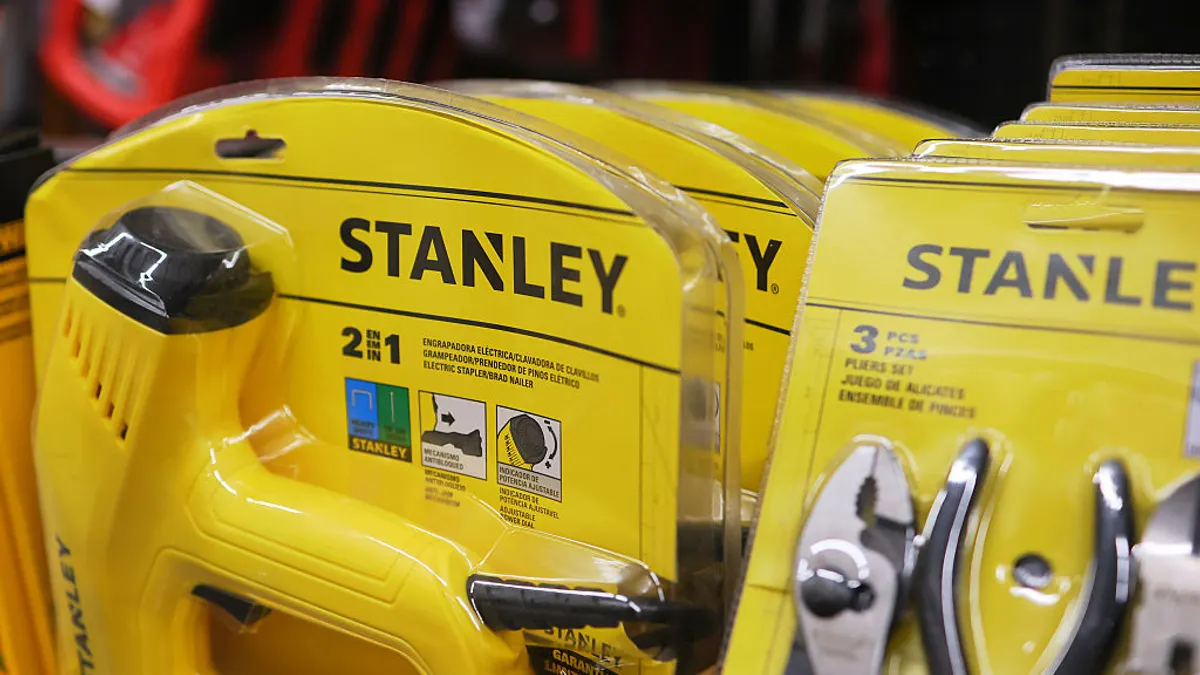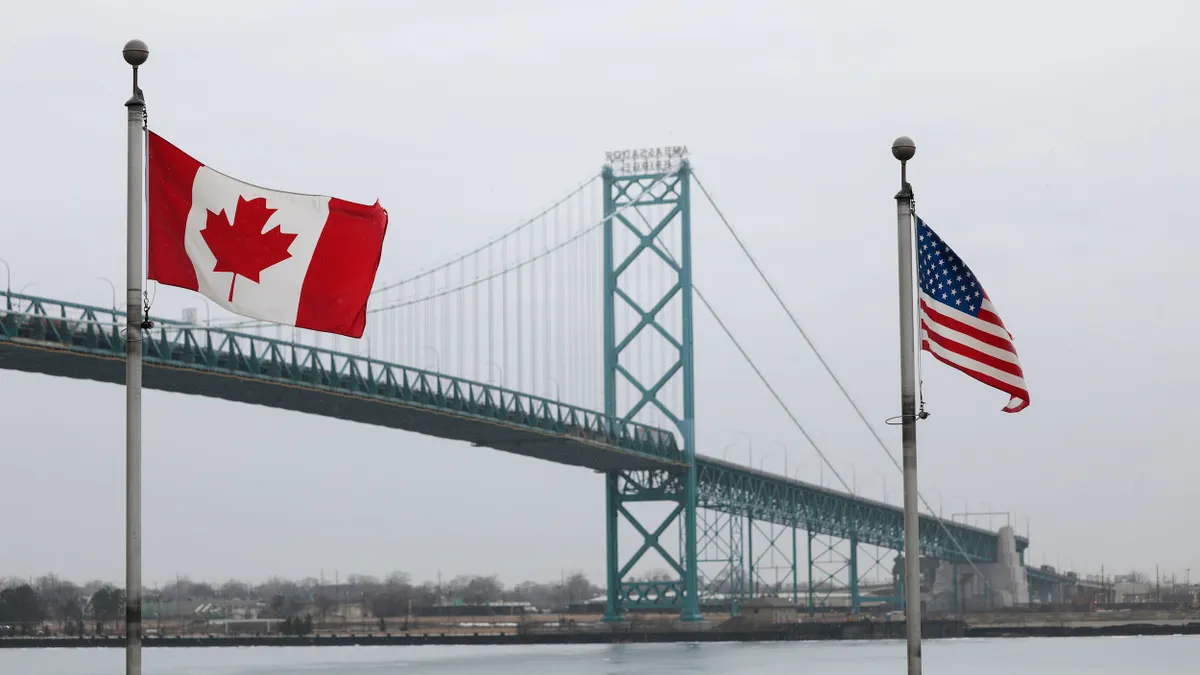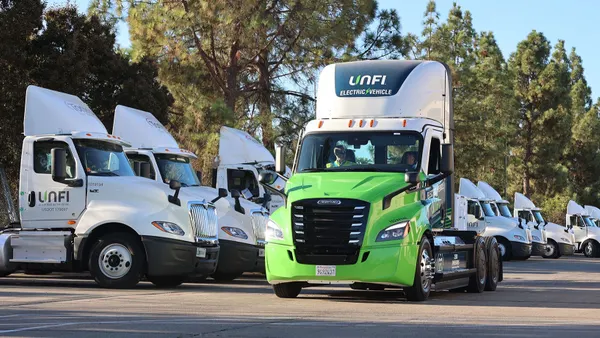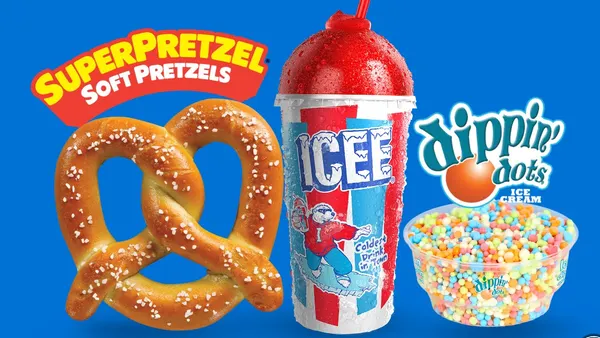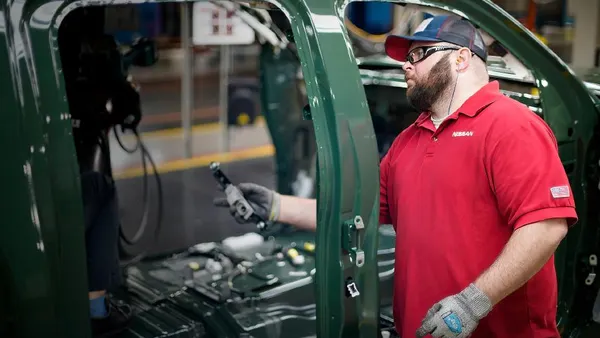Warehousing giant Lineage is acquiring four cold-storage facilities from Tyson Foods and plans to build two more as part of a nearly $1 billion undertaking, according to a news release last week.
Lineage is buying the four facilities and other related assets for $247 million. The warehouses totaling 49 million cubic feet are located in Olathe, Kansas; Pottsville, Pennsylvania; Rochelle, Illinois; and Tolleson, Arizona.
The transaction is expected to close this quarter, after which Lineage plans to onboard over 1,000 Tyson employees. The warehouses will transition into multi-client facilities once the two planned cold-storage facilities open in late 2027 or 2028, Greg Lehmkuhl, Lineage president and CEO, said in an earnings call last week.
Development for the two planned warehouses, which Lineage will spend more than $740 million on, is slated to commence in the second half of 2025. They will be located in major distribution markets and encompass over 80 million cubic feet, the release said. Tyson will occupy the fully automated facilities as an anchor customer.
"Our leading global facility network and world-class automation expertise, combined with our proprietary data science capabilities, aligns really well with Tyson Foods' objective to enable a faster, smarter and more integrated supply chain to meet the demands of an increasingly dynamic, evolving and growing market," Lehmkuhl said.
Heightened demand for cold-storage space in the U.S. has led to low vacancy rates and investments in new warehouse developments to meet tenants' needs, according to a 2024 Colliers report.
For Tyson Foods, the warehouse sales and use of new facilities will allow the company to store products closer to customers, reducing the company's total number of miles driven and carbon footprint, Chief Supply Chain Officer Brady Stewart said on an earnings call Monday.
Tyson President and CEO Donnie King added that the facility changes will improve inventory flow and take complexity out of Tyson’s supply chain network.
"This transition will be a multi-year journey, but we believe this will generate around $200 million of annual savings at full completion, which is currently anticipated in 2030," King said.



